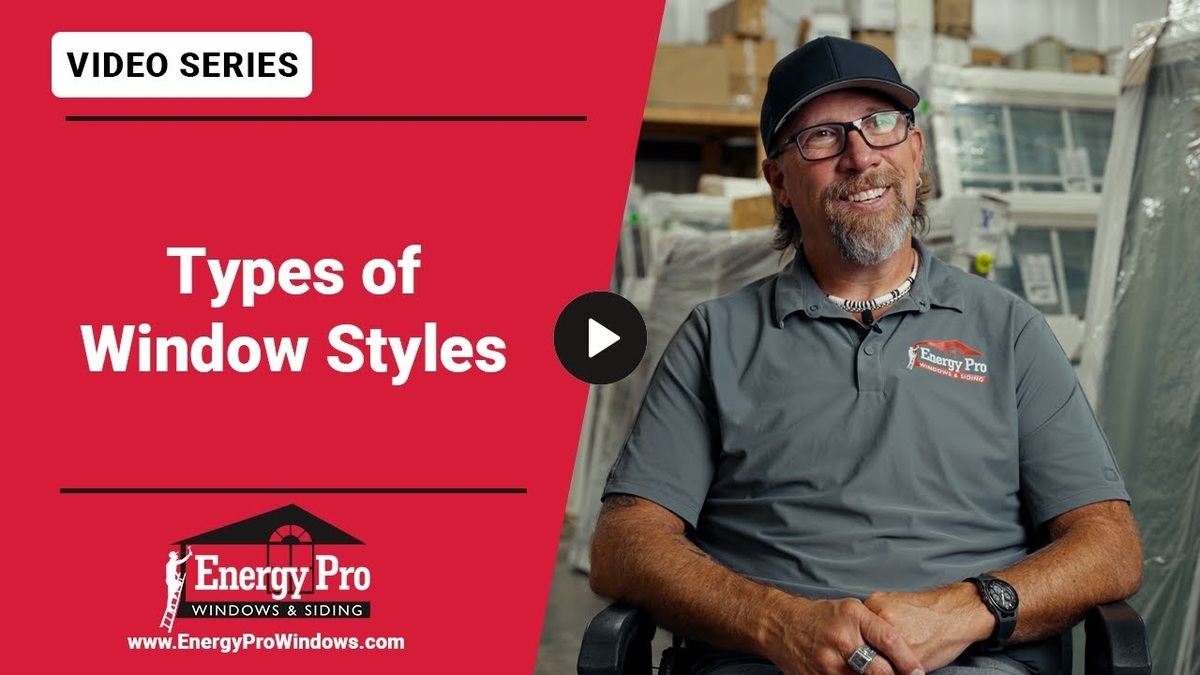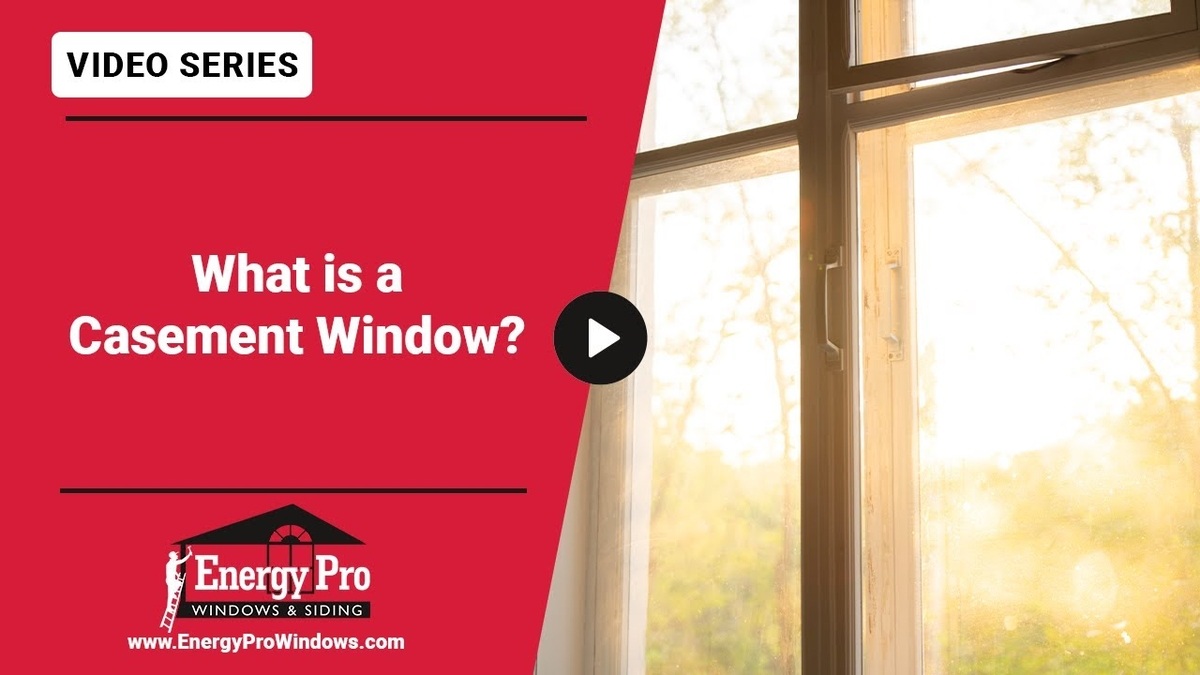Did you know that a poorly installed entry door can do more than just stick or squeak? It can skyrocket your energy bills, compromise your home’s security, and diminish its overall charm. While it may seem like just another item on the DIY weekend project, the truth is, the task to install an entry door is a critical one that requires precision and expertise.
Why Proper Entry Door Installation Matters
An entry door is not just any door. It’s the gateway to your home, taking on daily wear, seasonal temperature shifts, and fluctuating humidity levels. Because of these variables, installing an entry door is not as straightforward as it might seem.
If an entry door isn’t installed with precision, you’ll likely run into a host of issues, including poor insulation, ineffective weather stripping, and malfunctioning locks. These issues aren’t just inconvenient—they can lead to higher energy bills, security risks, and drafts that make your home less comfortable.
Key Challenges in Entry Door Installation
Installing an entry door requires careful consideration of multiple elements. Here are some of the challenges we encounter during installation, which might make you rethink going the DIY route.
1. Ensuring the Door is Square and Level
Getting an entry door square and level is the first and most critical step. If the door is even slightly off, you’ll notice issues with:
- Weather Stripping: An improperly aligned door can lead to gaps around the edges, compromising your insulation and letting drafts in.
- Lock Alignment: A door that isn’t level can cause the locks to misalign, creating security vulnerabilities and operational headaches.
Our experience shows that even the slightest misalignment can impact the functionality of the door, leaving you with a less secure and less efficient entryway.
2. Dealing with Structural Movement
One of the biggest challenges with entry door installation in our area is the seasonal movement of homes. With hot, humid summers and cold, dry winters, homes in our region are constantly adjusting. Even if your door is perfectly installed today, the natural shifting of your house can throw off that alignment over time.
We know from experience that the type of soil in your area also plays a significant role in this movement. Softer soil, common in many regions, can cause shifts that affect your door’s performance. A professional installer understands how to account for these seasonal changes, ensuring your door maintains its integrity.
3. Making Sure the Opening is Square
Most homeowners assume that the door opening is square, but that’s rarely the case. Homes, especially those more than a few years old, often have frames that have shifted out of alignment.
To address this issue:
- Don’t Fit the Door to the Opening: It’s tempting to adjust the door to fit the opening, but that can lead to significant issues with functionality and durability.
- Install a Square Door Properly: Professionals install the door so that it is square and level on its own. This approach ensures the door will operate smoothly without relying on an imperfect frame.
4. Properly Securing Weather Stripping
Weather stripping is essential for keeping out drafts, maintaining energy efficiency, and enhancing security. However, if the door is not installed level, the weather stripping won’t sit correctly, reducing its effectiveness and leaving you with drafts or leaks.
A professional installer will ensure that the weather stripping aligns with the door and frame, providing an airtight seal that holds up through different seasons. This is essential for both energy efficiency and comfort.
DIY vs. Professional Installation: What’s the Best Choice?
So, should you install an entry door yourself? If you’re an experienced DIYer and feel confident in handling issues like alignment, weather stripping, and structural movement, it might be worth a shot. However, for most homeowners, professional installation is the better option. Here’s why:
1. Avoid Costly Mistakes
If a door is installed incorrectly, it can result in costly repairs or even require a complete reinstallation. Paying for a professional installer may save you money in the long run by ensuring that the job is done right the first time.
2. Ensure Energy Efficiency
An entry door that’s properly installed provides better insulation, leading to lower energy costs. With rising energy prices, having a door that helps keep your home warm in the winter and cool in the summer can make a noticeable difference on your utility bills.
3. Protect Your Investment
Entry doors are an investment in both security and curb appeal. By having a professional handle the installation, you’re protecting this investment, ensuring that the door will provide years of reliable service without ongoing issues.
Steps Involved in Professional Entry Door Installation
If you choose to have a professional install your entry door, here’s what you can expect:
- Assessment of the Door Opening: The installer will measure and assess the door frame, ensuring it’s ready for a new door.
- Alignment and Leveling: They will carefully position the door to be square and level, ensuring proper alignment for smooth operation.
- Secure Fastening: The installer will securely fasten the door to account for future movement due to weather and soil conditions.
- Weather Stripping and Insulation: Weather stripping will be added to create an airtight seal, enhancing energy efficiency.
- Final Adjustments and Testing: Finally, the installer will test the door for any alignment issues and make final adjustments, if necessary.
In Summary
Choosing to install an entry door yourself may seem tempting, but the challenges involved can significantly affect its performance and lifespan if not executed with precision. Proper alignment, secure weather stripping, and accounting for the natural shifts in your home’s structure are essential steps that professional installers handle expertly. By opting for professional installation, you can save time, reduce costs, and avoid potential issues down the line.
Contact us to discuss your entry door project and ensure a seamless installation that stands the test of time.



